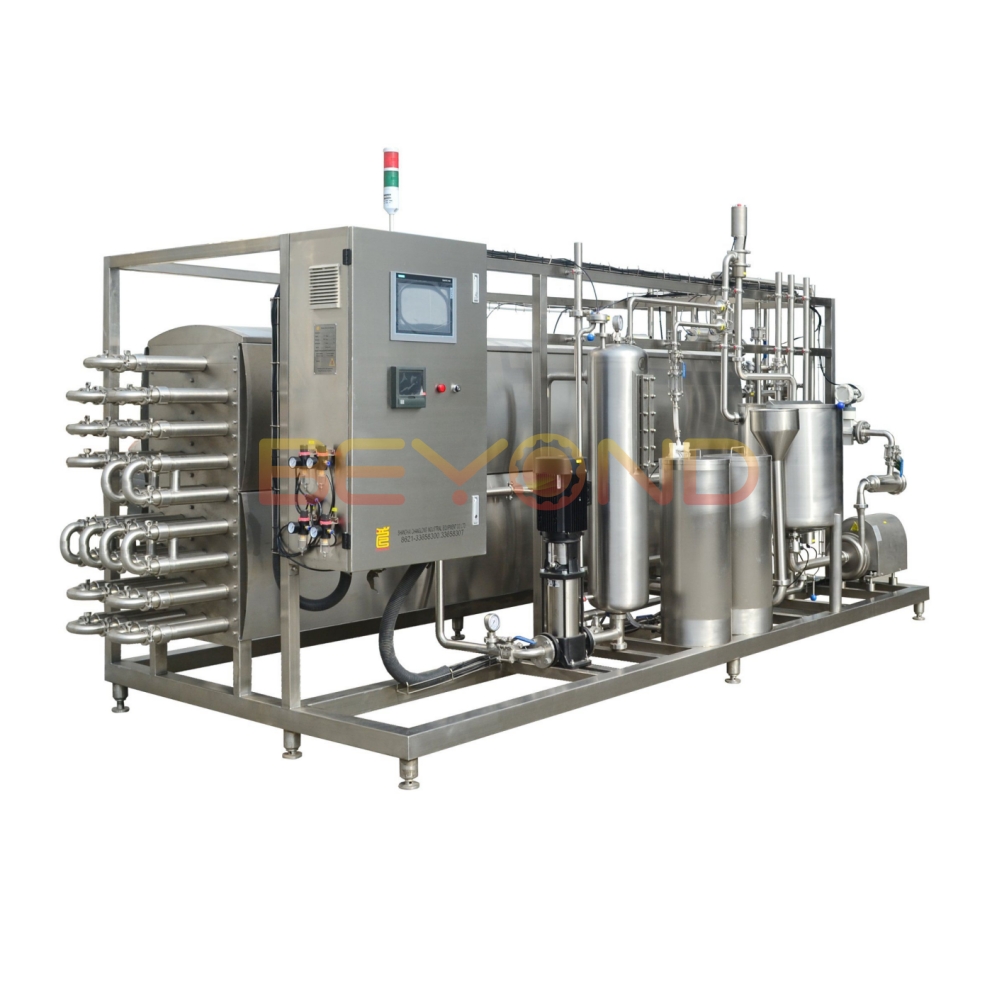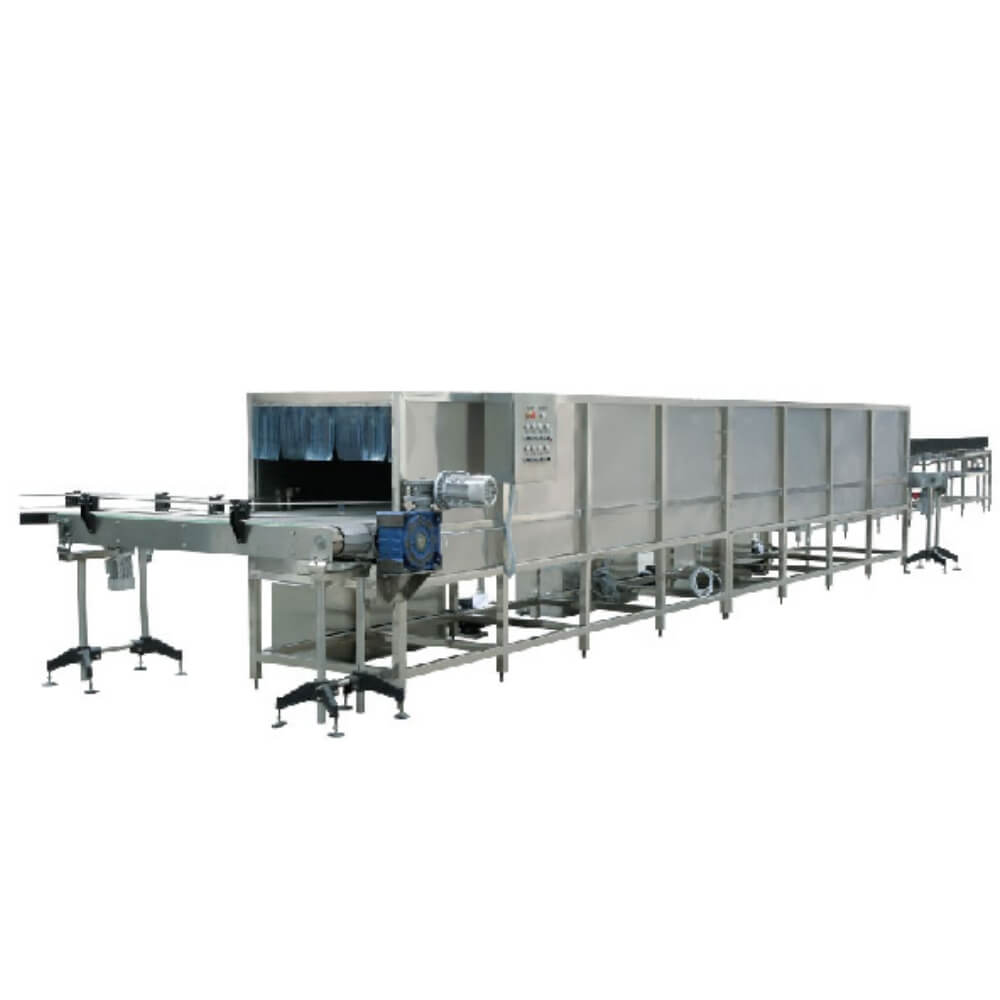Introduction
Juice production requires two critical pasteurization stages to ensure safety and extended shelf life: pre-pasteurization (flash pasteurization) and post-pasteurization (tunnel pasteurization or hot filling). Pre-pasteurization rapidly heats juice to eliminate harmful bacteria before filling, preserving its nutrients and taste. Post-pasteurization sterilizes the packaging and prevents recontamination after sealing. Implementing both steps ensures microbial safety, maintains quality, and meets industry standards.
The Key Pasteurization Stages for Juice Production
On a juice production line, you have two crucial pasteurization stages. The first is the pre-pasteurization stage (which is also called flash pasteurization or preheating), and the second is post-pasteurization stage (also called tunnel pasteurization or hot filling). Pre-pasteurization occurs before filling the containers in order to eliminate harmful microorganisms. Post-pasteurization must occur after the containers are filled and sealed to eliminate any chance of contamination to extend the juice’s shelf life.
Let’s look at how these two pasteurization stages work and why you must do them for juice.
Pre-Pasteurization Stage: Flash Pasteurization or Preheating

Before filling juice in a bottle (or any type of container), it must go through a controlled heating process. The goal is to kill any harmful bacteria without adversely affecting the juice’s flavor or nutritional value.
The juice is heated quickly to between 75–95°C (167–203°F) for a period of 15–30 seconds and then rapidly cooled. Pre-pasteurizing juice makes it more shelf stable (longer life in retail), disables the enzymes that cause the juice to spoil, and allows us to maintain the natural flavor and nutrition of the juice.
Related Topics:
Heat Exchanger Types: How to choose between plate and tubular pasteurizers.
Pasteurization Temperatures for Different Juices: Citrus vs. apple vs. mixed juices.
Energy Recovery During Pasteurization: How new ways to recover energy can save costs.
Post-Pasteurization Stage: Tunnel Pasteurization or Hot Filling

Even after the juice pasteurizes, the cap and neck of the juice bottle could still have bacteria on them. Therefore, you must perform another sterilization step to ensure the packaging is sterile.
Methods include:
Tunnel Pasteurization: The filled and capped juice bottle goes through a tunnel where it is sprayed with hot water between 60–85°C (140–185°F) for 10–20 minutes. This kills all the remaining microbes and stabilizes the juice once again.
Hot Filling: You fill the juice bottle with juice at an extremely high temperature (between 85–90°C or 185–194°F) and immediately cap it. This process ensures the inside of the bottle has been sterilized because the juice itself is hot and being filled.
Using either of these methods will prevent recontamination of the juice and allow you to achieve the shelf life you want.
Related Topics:
How Long Should Bottles Be Inverted?: The perfect amount of time to turn bottles upside down for effective sterilization.
Tunnel Pasteurization vs. Hot Filling: Understanding the differences and preferences of the juice industry.
Does Bottle Inversion Work for All Types of Packaging?: Glass bottles vs. PET bottles.
Conclusion
Pre-pasteurization (flash pasteurization) and post-pasteurization (tunnel pasteurization or hot filling) are mandatory processes to ensure the juice you produce is safe, meets regulatory requirements, and retains its quality. By properly implementing these processes, you’ll have a superior product that competes better in the marketplace while simultaneously protecting its vitamins and nutrients.


